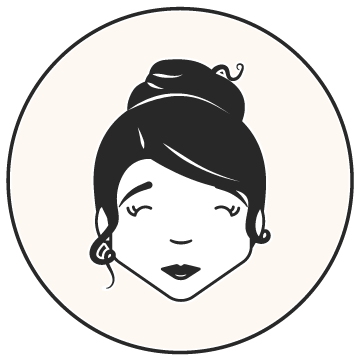CBD not CBDs...
CBD, or cannabidiol, is one of the main compounds found in cannabis but it is a
single compound.
You wouldn't say "I want some THCs"...
While the variety of THC dominant strains is widely acknowledged, CBD dominant strains remain under a shroud of mystery. This is likely due to the fact that 2 varieties of the species "Cannabis sativa L." produce CBD (hemp & cannabis or "marijuana") whereas only 1 plant produces THC (cannabis or "marijuana"). Then you have industrial and medicinal hemp but that simply refers to the purpose it's grown for. Which is why it's also important to know the source of your hemp oil.
These two classifications (hemp & cannabis or "marijuana") vary depending on the country you're in. How is that possible?! THC levels must fall below 0.3% to be classified as hemp... in Canada. In the United States, the law is defined as ...
“The term “marihuana” means all parts of the plant Cannabis sativa L. [sic], whether growing or not; the seeds thereof; the resin extracted from any part of such plant; and every compound, manufacture, salt, derivative, mixture, or preparation of such plant, its seeds or resin. Such term does not include the mature stalks of such plant, fiber produced from such stalks, oil or cake made from the seeds of such plant, any other compound, manufacture, salt, derivative, mixture, or preparation of such mature stalks (except the resin extracted therefrom), fiber, oil or cake, or the sterilized seed of such plant which is incapable of germination.”
Basically... the exception to prohibition is you can only use the stalks or seeds (if they're sterile) of the cannabis plant - not the leaves, buds, flowers, or germinated seeds...
This is why, if you read publications from Canada, there is confusion regarding how hemp and cannabis are being discussed - whole plant used but only 0.3% or less THC compared to how it's described in the US - which is using only the stalks of the plant &/or crushing seeds.
Cannabis Sativa L
Cannabis Sativa L. is 1 of 2 known cannabis species and "have traditionally been grown in almost all equatorial regions of the globe (Mexico, Thailand, Colombia, Jamaica...)". These strains are typically stimulating.
Cannabis indica
Then there's Cannabis indica (though still illegal)... Discovered after Cannabis sativa which was primarily used for it's fibers, Cannabis indica was found to have phenomenal healing powers. "Cannabis indica is native to Central and Southern Asia as well as the Indian subcontinent (Afghanistan, Pakistan, China, India, Tibet, Nepal)". These are typically relaxing strains.
BACK TO CBD!
The compound is the same, no matter the origin. THC & other major cannabinoids, terpenoids, minor cannabinoids will be added in varying amounts and, then will you have the whole plant.
Let us consider ourselves a painter. We begin with a blank canvas - basic plant structure, then we start to create a outline - think of each shape you make as a major cannabinoid. Once the outline is complete, we start to fill in with our chosen color or shade palette - the terpenoids & minor cannabinoids. Now, we have our finished work of art - our strain.
Don't feel awkward if you've found yourself saying "CBDs", I am constantly surprised at the number of people involved in the industry who still say it. I was most surprised hearing it from a rep for a reputable CBD oil company. Throughout the conversation I tried to discern if she understood the compound, or even it's name. Pretty clear there was some confusion. Though, to be fair, I've had people talk about the variety of "CBDs" available at dispensaries... from bud tenders! Not many, fortunately.
One plant:
2 varieties produce CBD - hemp & cannabis or "marijuana"
1 variety produces more than 0.3% THC - cannabis or "marijuana"




